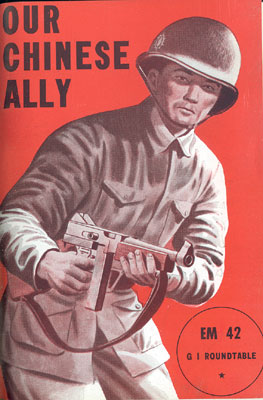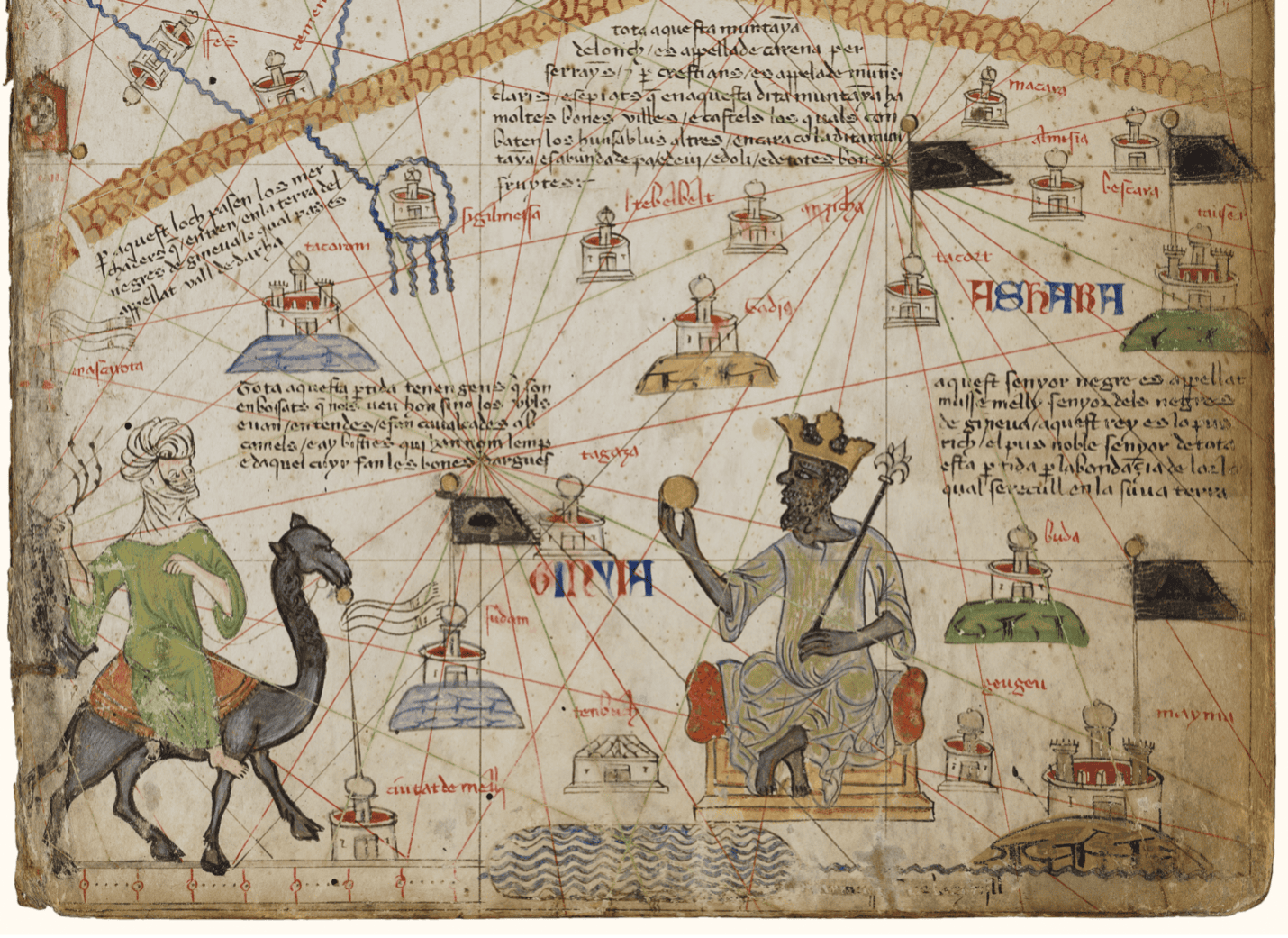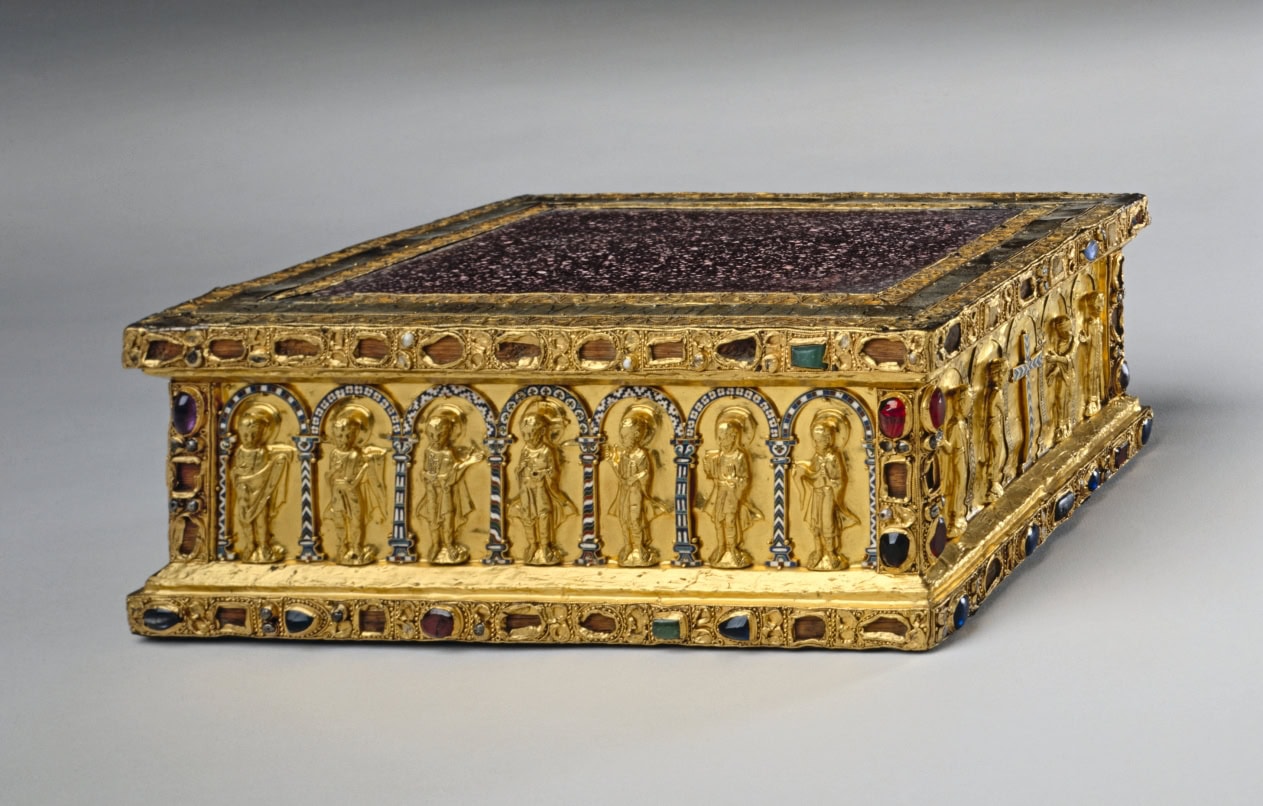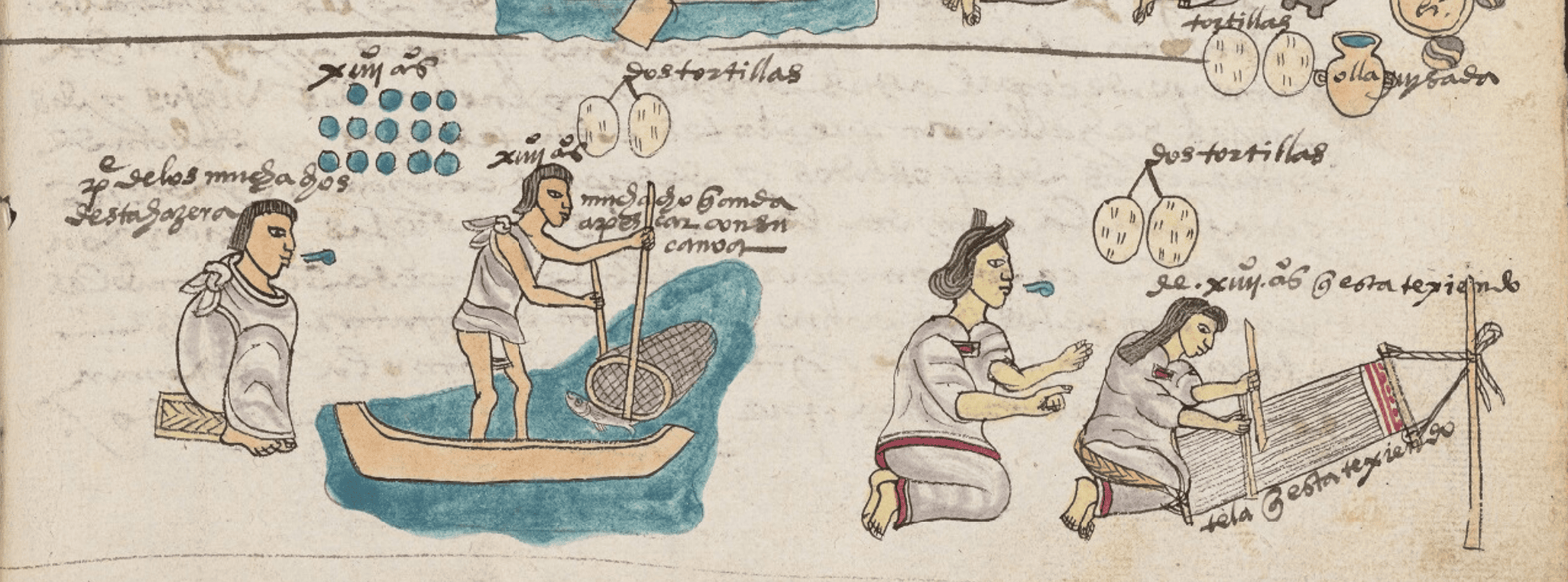By Owen and Eleanor Lattimore
Mr. Lattimore, Director, Pacific Operations, Office of War Information
(Published August 1944)
 Table of Contents
Table of Contents
Where Is China and What Does It Look Like?
Related Resources

September 7, 2024
Travel and Trade in Later Medieval Africa

September 6, 2024
Sacred Cloth: Silk in Medieval Western Europe

September 5, 2024